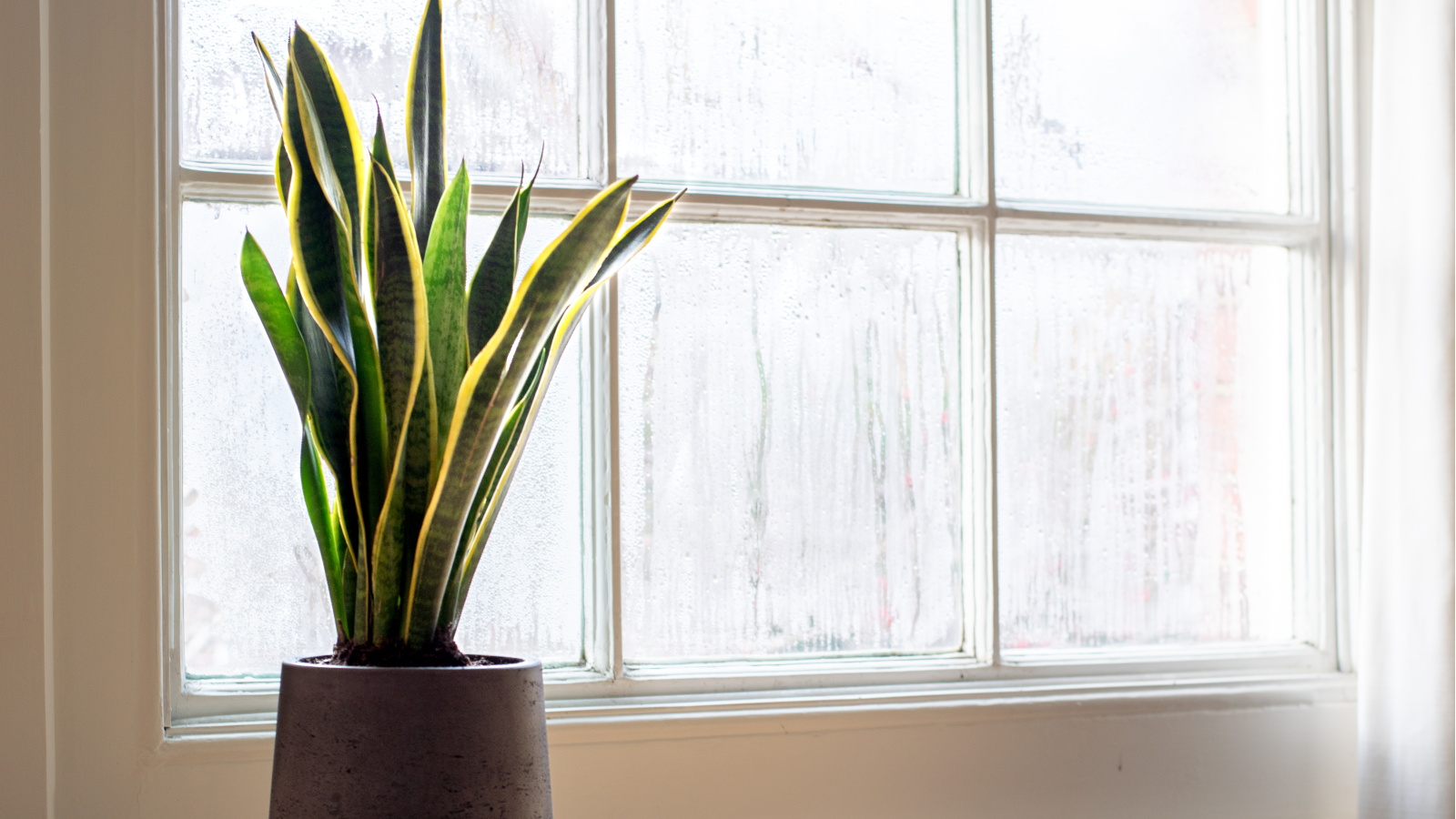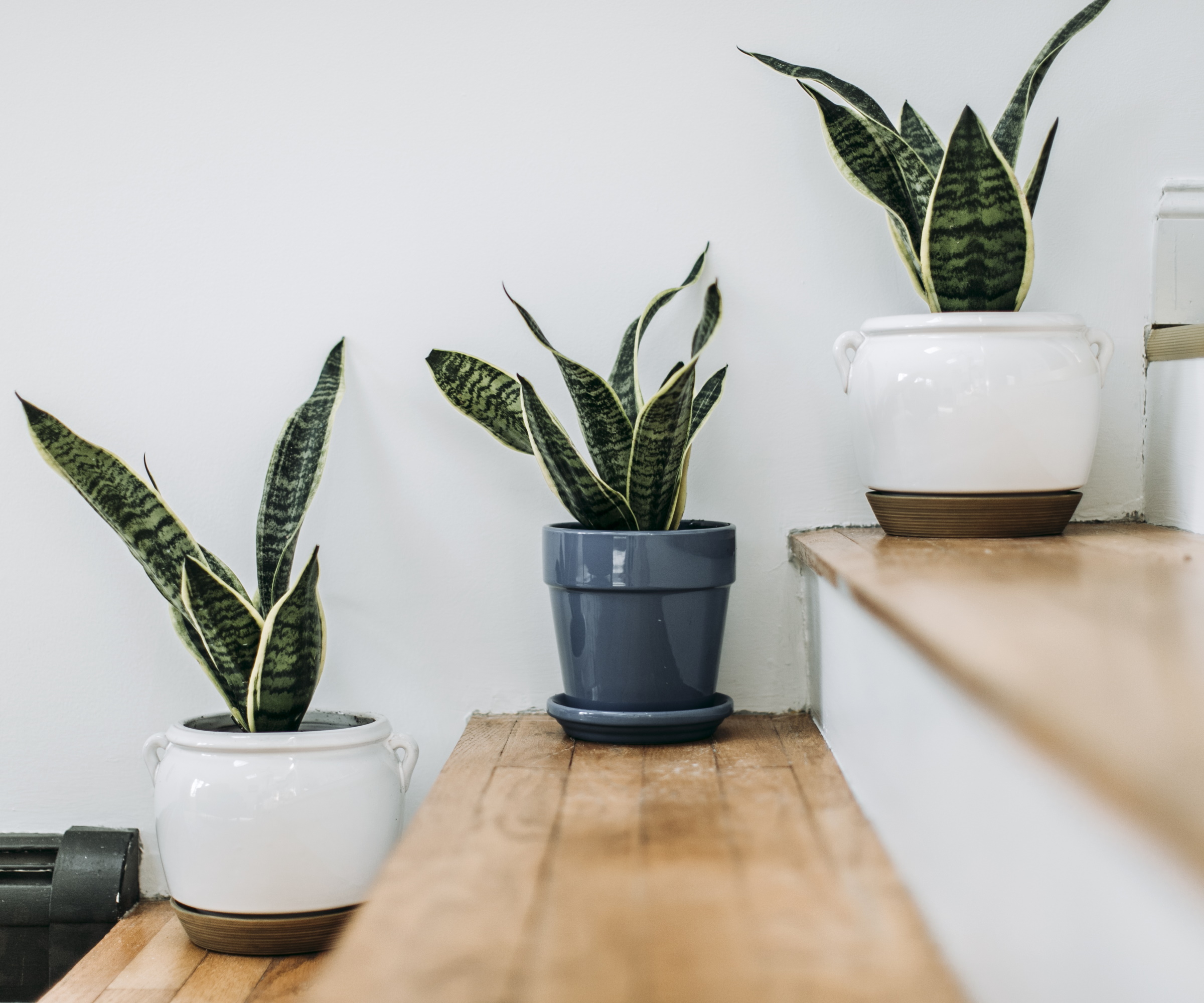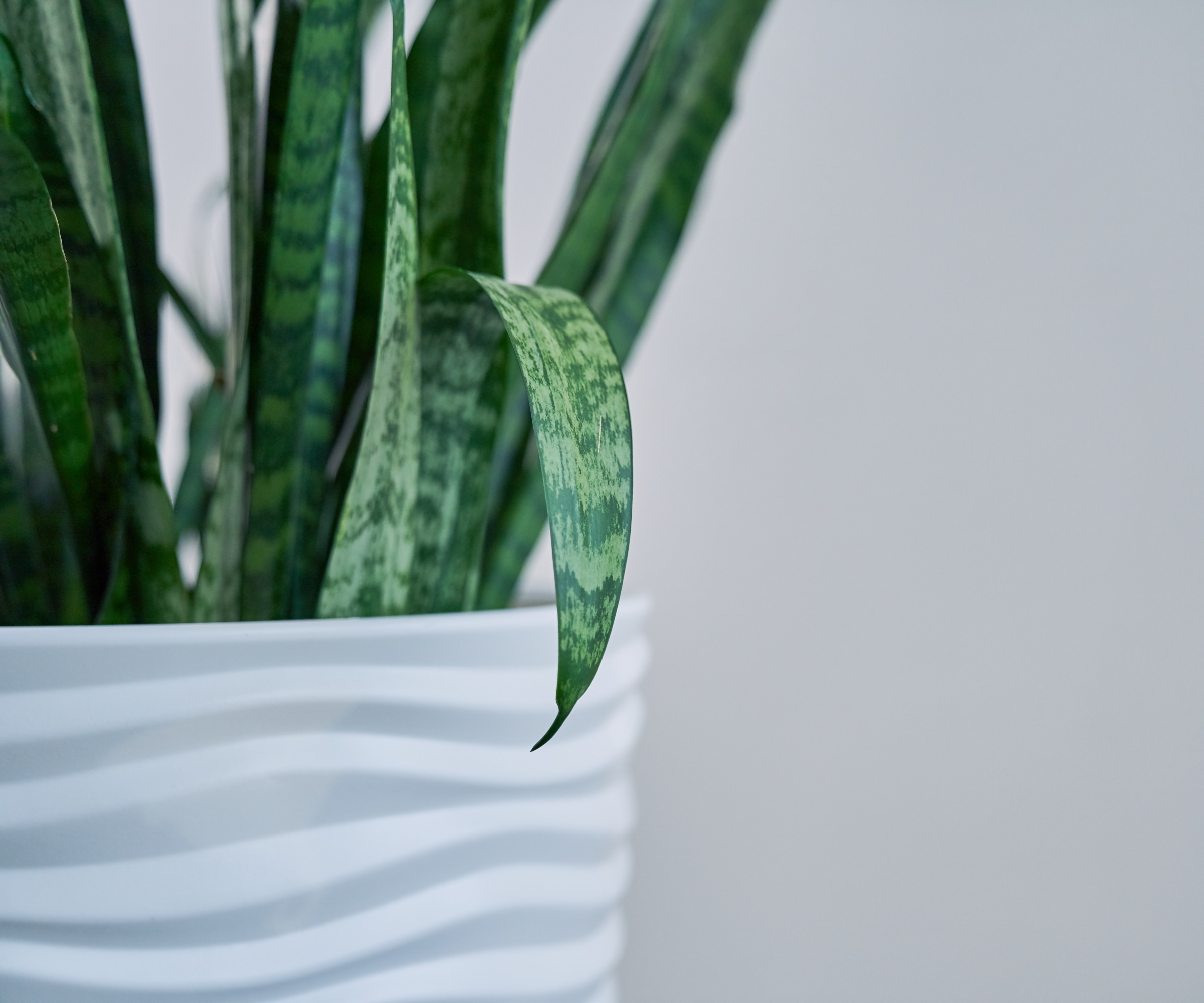
One thing I learned very quickly when I started collecting houseplants is you can't force a plant to grow in an environment it doesn't suit, even if you desperately want it to sit in that part of your home. This includes considering the room temperature because how warm different parts of your home are will determine what plants can grow there.
It's best to always research optimal growing environments for this reason. Caring for snake plants is no exception, and you may be wondering just how low of a room temperature these desert plants can tolerate.
Whether you're planning to grow snake plants outside or just in a chillier spot of your home, it's important to first determine whether they can thrive there. To help you out, I asked a plant expert 'are snake plants cold-tolerant?' Here's what he had to say.
Are snake plants cold-tolerant?

The short answer to 'are snake plants cold-tolerant?' is yes, to some extent they are.
This is largely explained by their native environment, where they grow in dry desert climates of West Central Africa. During the day temperatures are hot, but they drop dramatically at night.
'I actually had two potted snake plants outdoors this past fall, and they endured temperatures around 35°F,' says Raffaele Di Lallo, plant expert from Ohio Tropics. 'There was no damage at all, but you should definitely avoid temperatures at or below freezing for sure,' he adds.
Generally speaking, even though snake plants prefer a temperature between 60°F to 75°F, they will tolerate down to 50°F. However, as Raffaele exemplifies, there is some flexibility depending on the mildness of your US hardiness zone.
This means you can typically get away with growing snake plants as cold-tolerant houseplants in chillier spots of your home, too. However, it's best to follow essential houseplant winter care and move them away from cold windows and drafts during freezing spells.
What happens if a snake plant grows in freezing temperatures?

When growing in freezing temperatures, there's no denying you will spot your snake plant start to droop or even watch your snake plant die, as they aren't made to survive in these conditions.
'If they freeze, the foliage will go limp and become soft and mushy,' Raffaele warns.
'If temperatures are cold but above freezing, and the soil stays too wet, snake plants may experience houseplant root rot. Cold temperatures and wet soil is not a good combination,' he adds.
This can occur when growing snake plants indoors in a cold room, too. That's why you should take care to reduce watering of snake plants in fall and winter, when they aren't actively growing and the colder temperatures will cause the soil to dry out much more slowly.
This soil moisture meter from Amazon can help you identify when it's time to water your snake plant again to prevent overwatering.
FAQs
Can you revive a snake plant from cold damage?
Depending on how cold the temperature was and how long your snake plant was exposed to it, it is possible to revive this houseplant from cold damage.
'You can always trim back any mushy leaves and make sure to drain away any water so that nothing collects in the crown of the plant,' advises Raffaele Di Lallo, plant expert from Ohio Tropics. 'Allow the soil to dry out, and as long as the rhizomes under the soil haven't frozen, it can grow back,' he explains.
You'll need some essential pruning tools, like these pruning shears from Amazon, to cut away damaged foliage. You might also find it beneficial to boost essential plant nutrients with this snake plant fertilizer from Amazon to encourage new growth.
'My advice is to keep an eye on your local forecast if you have your plants outdoors,' Raffaele says. 'Things can change quickly, so being vigilant is important. You can also place them in a sheltered spot against a home or building, and this can help somewhat in a slightly warmer microclimate,' he advises.
If your snake plant is turning yellow and going limp, but it isn't growing outside preferable temperatures, there might be another cause. For example, you may need to repot your snake plant because it is becoming pot-bound, or you may need to move it somewhere brighter.







